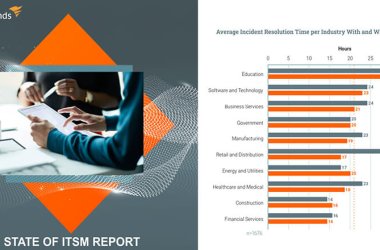 Enterprises should consider public cloud services first and turn to private clouds only if the public cloud fails to meet their needs.
Enterprises should consider public cloud services first and turn to private clouds only if the public cloud fails to meet their needs.
That was the advice delivered by analyst Daryl Plummer during Gartner’s IT Symposium. Plummer said that there are many potential benefits to deploying cloud services, including agility, reduced cost, reduced complexity, increased focus, increased innovation and being able to leverage the knowledge and skills of people outside the company.
“The trick for IT professionals is to perform a thorough analysis that identifies which benefits the company hopes to achieve by moving to the cloud. Of course, there are also reasons to not take the cloud route. Those include the inability to get the service-level agreements that you want, regulatory and compliance issues, concerns about disaster recovery and the realisation that the cloud might not end up saving you money,” Plummer said.
Plummer said that an accurate cost analysis is particularly tricky, since you’re weighing capital expenses versus recurring costs. He added that customers often underestimate their cloud usage costs, and most companies moving to the cloud will require the services of a cloud broker, which adds to the total tab.
While the cloud hype has reached a fever pitch, Plummer pointed out that there are a number of potential risks. “Those include security, transparency, assurance, lock-in and integration issues. If you do decide to start moving applications to the cloud, start at the edges and work your way into the core,” said Plummer. The most common apps to start with are email, social, test and development, productivity apps and Web servers, according to Gartner.
One other point to keep in mind is that individual business units have probably already moved to software as a service (SaaS), so Plummer recommended that IT execs make a concerted effort to get ahead of these rogue SaaS users.
If you break cloud revenues down by the three main categories, SaaS revenues come in first at $12 billion worldwide in 2011, followed by infrastructure as a service (IaaS) at $4.2 billion and platform as a service (PaaS) at $1.4 billion, according to analysts. But Gartner predicts that over the next five years IaaS will grow by 48%, while PaaS will only grow 13% and SaaS will grow 16.3%.





